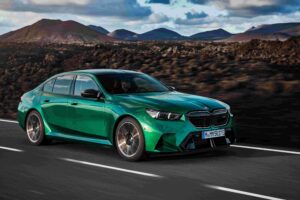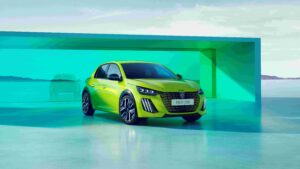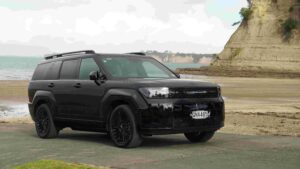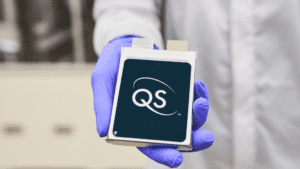It’s fair to say that EV’s have been getting a bot of a bad wrap in the press lately. What with the withdrawal of the Clean Car Discount (CCD) and addition of RUCs, their shine appears to have become a little smudged – but should it?
I mean regardless of how the incentives removal has lessened some of the financial gains, our emissions still need to come down and the price of power is a darn sight less than crude, crude (oil that is). So what’s stopping us from becoming electrified?
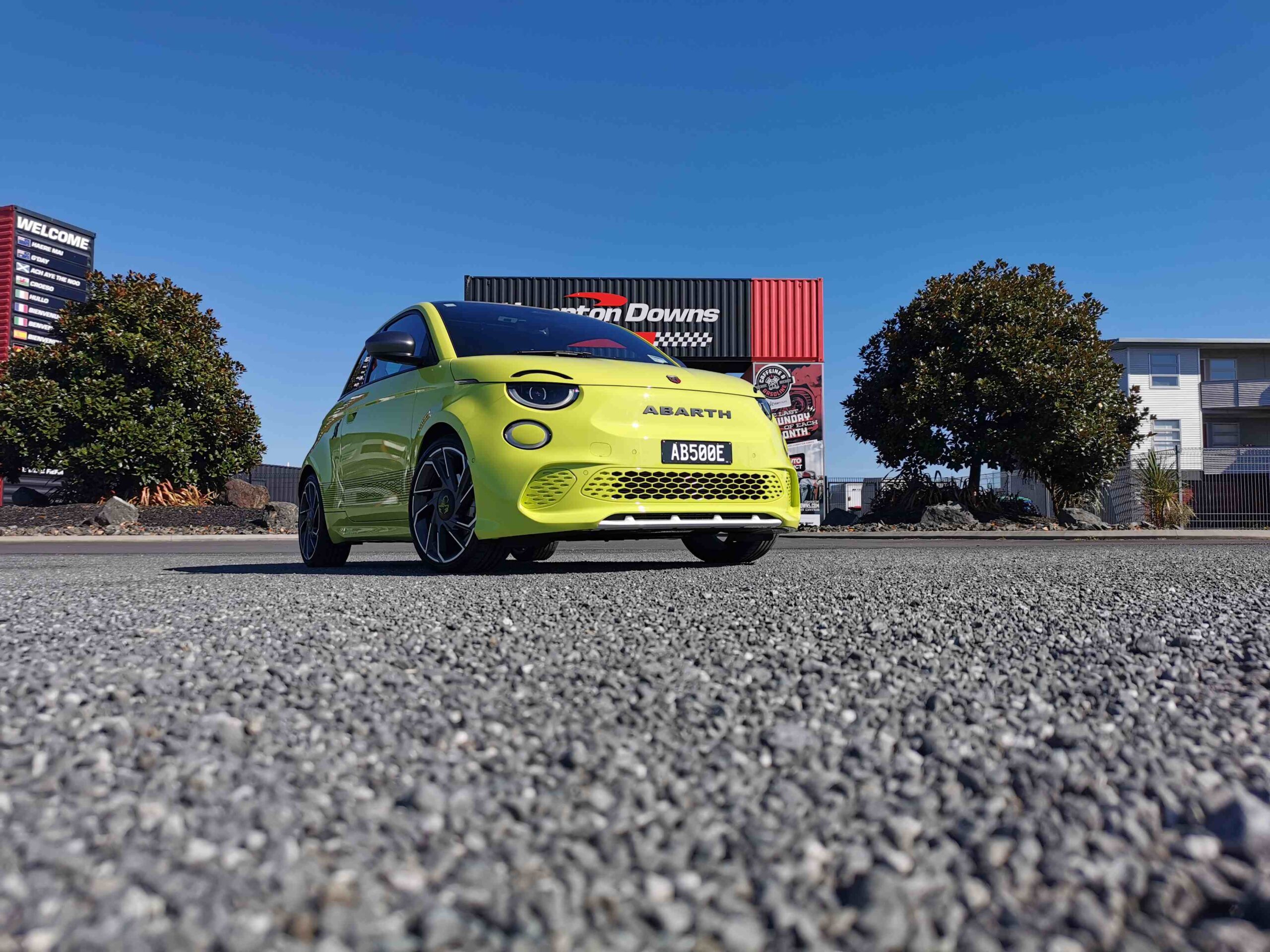
The automotive industry has undergone a significant shift with the advent of electric vehicles (EVs) over the past decade+. However, one of the key barriers to their widespread adoption has been the relatively higher price compared to internal combustion engine (ICE) vehicles.
Of course, the CCD has somewhat skewed the playing field and allowed early adopters to lessen the blow of their initial outlay (or spend it on a holiday), but as EV technology has become more acceptable, their costs and sticker prices have reduced too, ‘tipping point’ is almost upon us, meaning that an EVs can potential be priced equivalently to their fossil fuel-powered counterparts – or how about, even LESS!
If/when this happens, here’s how it could play out.
As shown with the CCD, reducing the price of EVs to match ICE vehicle prices does ignite a surge in market demand for electric cars, but ‘equality’ takes it to the next level. Consumers who were previously hesitant to make the switch due to cost considerations would now find EVs a more accessible option. This would result in a dramatic increase in EV adoption, subsequently driving a shift towards sustainable transportation.
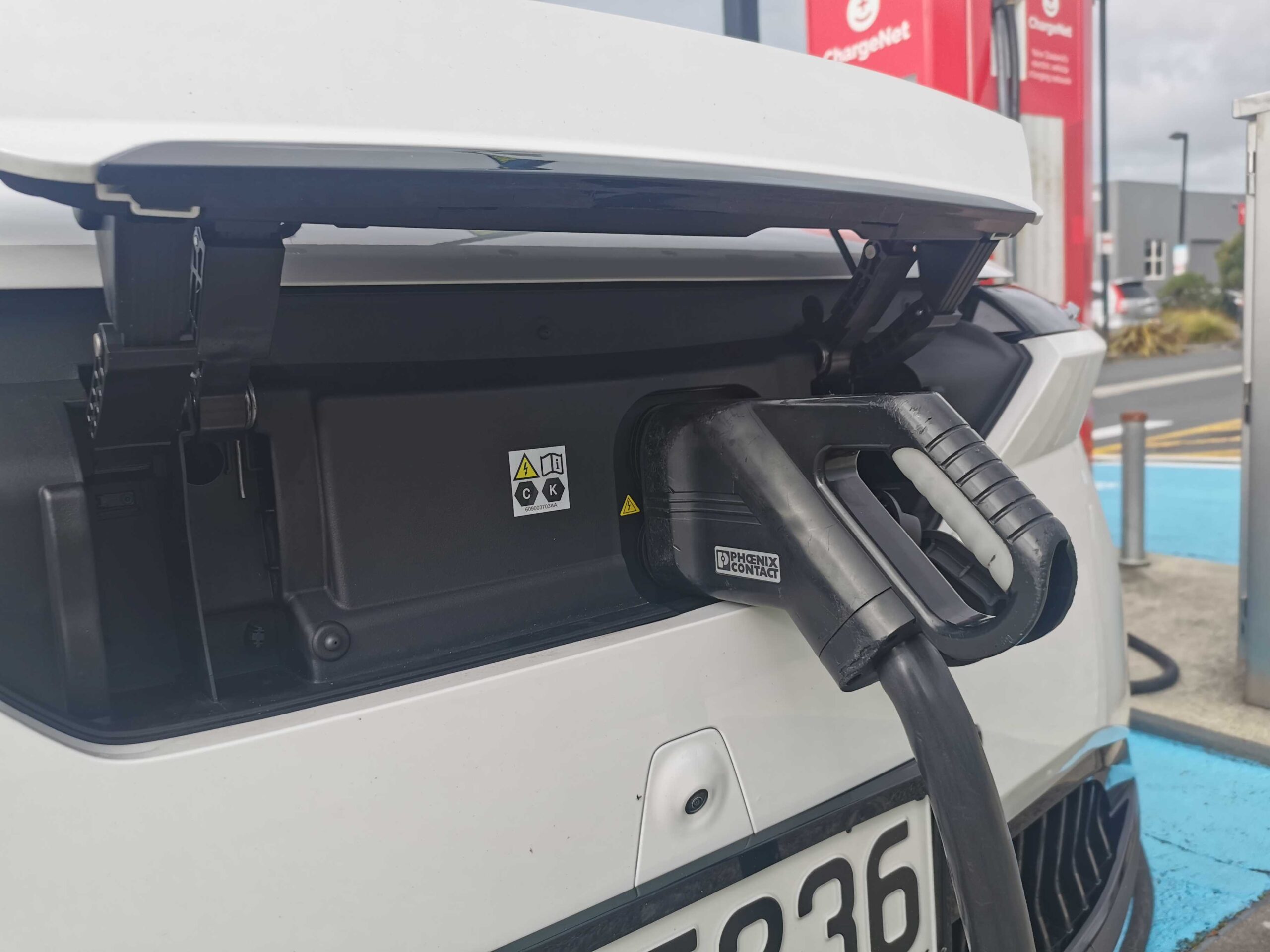
By aligning prices, EVs would be sure to become an attractive and practical alternative for environmentally-conscious consumers. With zero tailpipe emissions, electric vehicles contribute to a healthier and cleaner environment. The increased adoption of EVs would lead to a significant reduction in greenhouse gas emissions, air pollution, and noise pollution, ultimately improving air quality and combating climate change.
Matching the price of EVs to ICE vehicles would also help countries (including NZ) reduce their dependence on fossil fuels. As most of you know, EVs run primarily on electricity, which can be generated from renewable energy sources such as solar, wind, or hydropower. This shift would enhance energy security, reduce the trade deficit associated with oil imports, and allow countries to transition towards a more sustainable and renewable energy future.
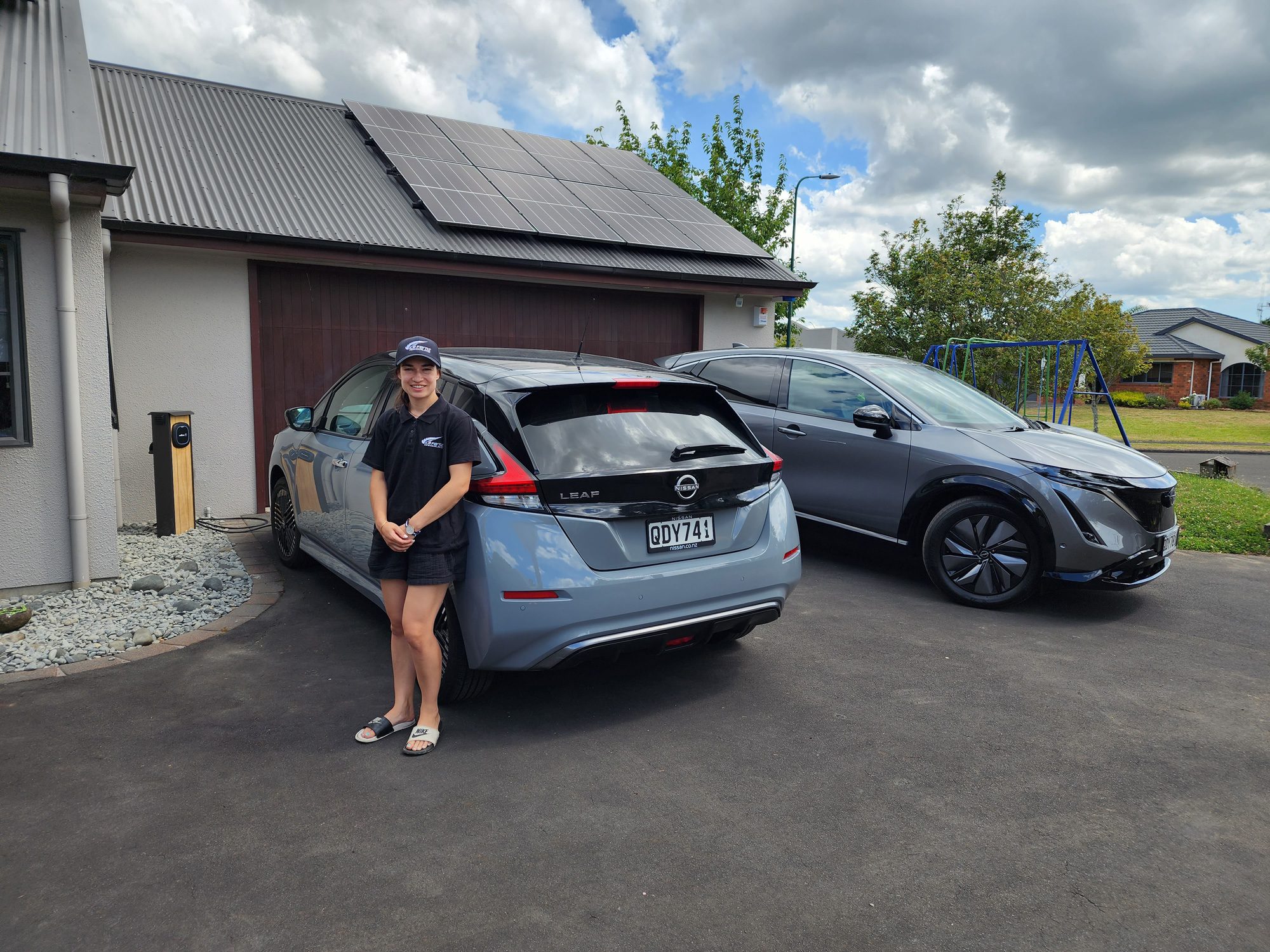
With the surge in EV demand, governments and private entities would be compelled to invest heavily in charging infrastructure. Additional funding for public charging stations, incentivised home charging installations, and fast-charging networks would become pivotal to support the growing number of EV owners. In turn, this infrastructure development would alleviate range anxiety concerns and further promote widespread adoption.
Lowering the price gap between EVs and ICE vehicles would encourage companies to invest more in electric vehicle research and development. Competition among manufacturers would intensify, leading to significant advancements in battery technology, charging efficiency, and overall performance. The resulting innovations would not only benefit electric transportation but could also find applications in other sectors like renewable energy storage.
The transformation of the automotive industry would lead to the creation of new jobs, primarily in the manufacturing, maintenance, and charging infrastructure sectors. Employment opportunities would arise as the demand for EVs increases, stimulating economic growth and providing impetus for a greener economy. Moreover, the decreased reliance on fossil fuels could redirect investments towards renewable energy industries, further bolstering economic development.

With current EV prices still on the high side, EV/ICE parity may appear a little far-fetched but what if it wasn’t? better still, what is there was a brand new $30k EV out there? RUCs will undoubtedly have to remain, there’s no free ride in road maintenance, but with a home charger and a public charger in every petrol station, high volume area, main thoroughfare, shopping mall, supermarket… ‘refueling’ would be easy (no more trips to the gas station), lower ‘fuel’ prices, lower maintenance costs, and lower emissions – surely that’s something that will have us all breathing easy.



